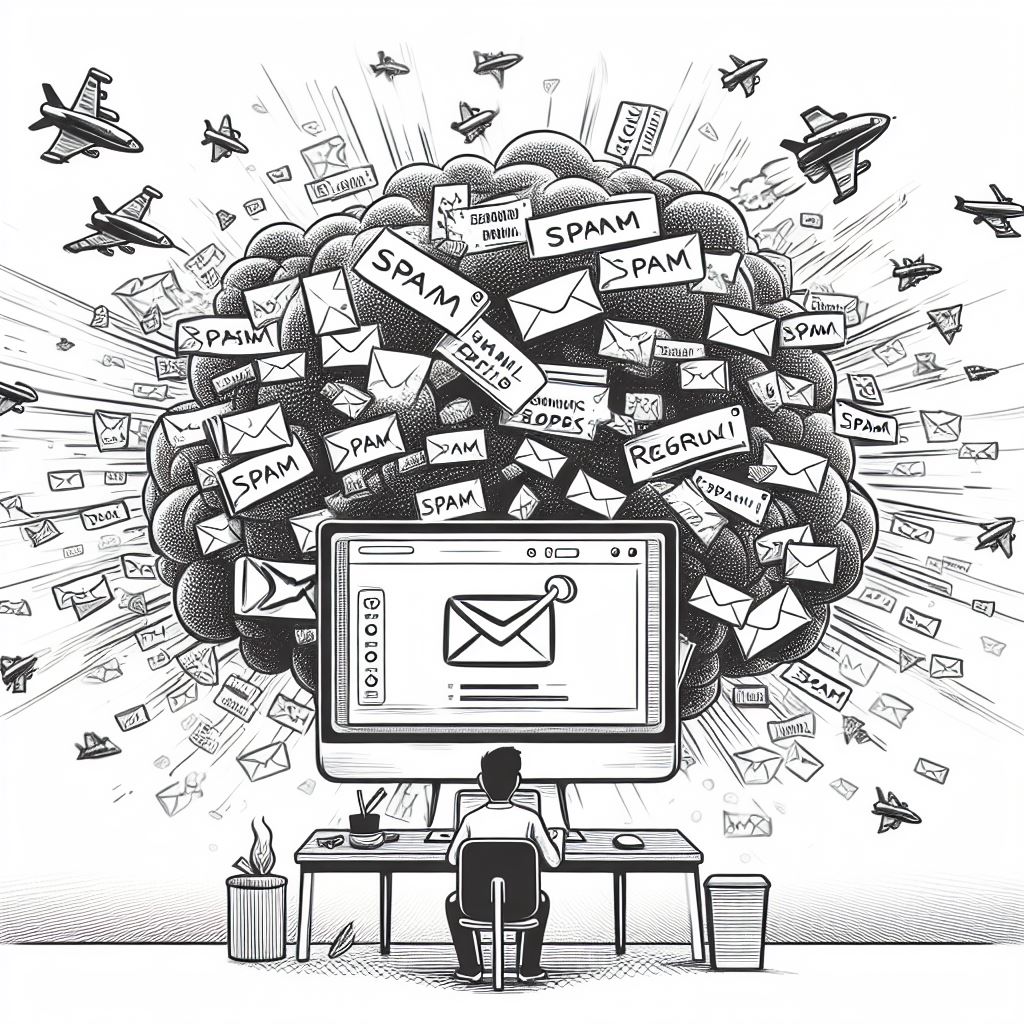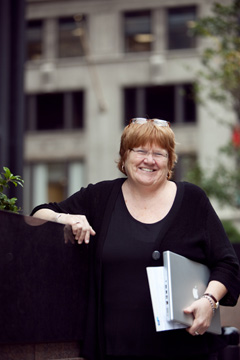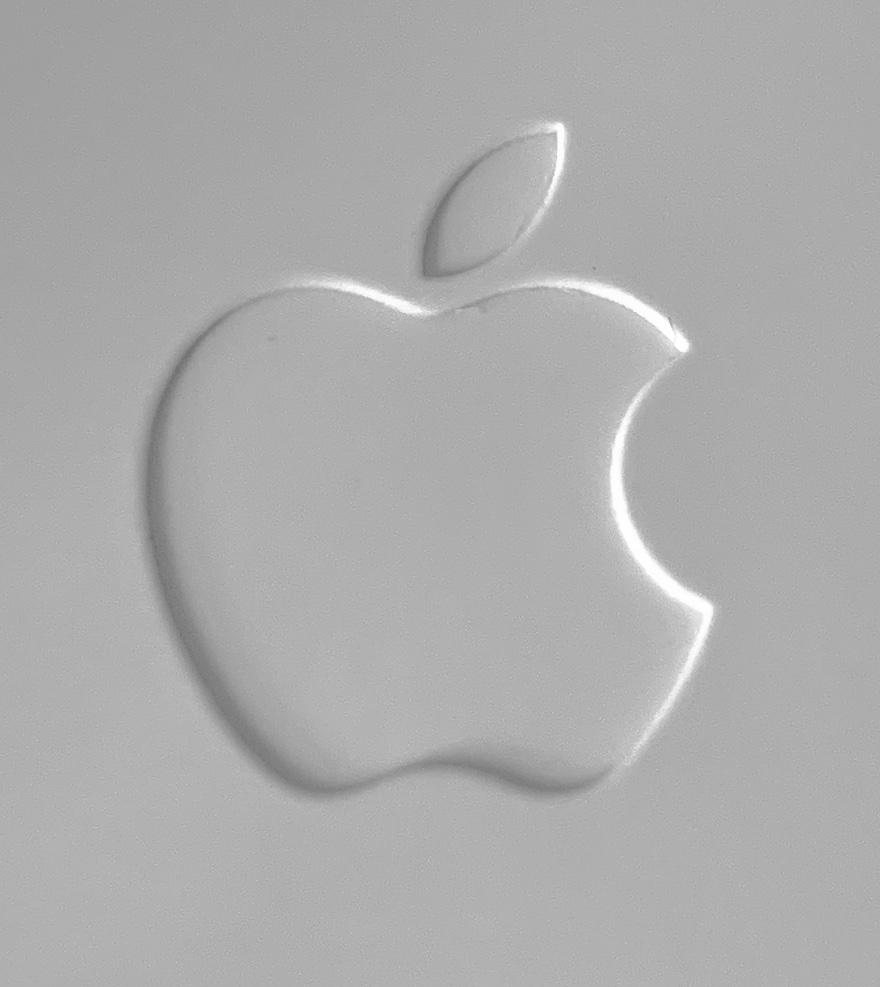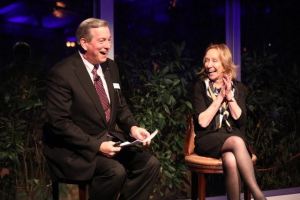It started just after 7:00 last night. My mailbox swelled with messages confirming I’d subscribed to websites and newsletters around the world. Within an hour, I’d received over 2,000 such messages, and they kept pouring in until I’d gotten 4,000 registration confirmations by 11:00pm. After that, the flood slowed to a trickle.
I was the victim of a registration bomb attack, a scary experience if you don’t grasp what’s happening or know how to protect yourself. Fortunately, it wasn’t my first rodeo.
During a similar attack a couple of years ago, I was like a dog on the Fourth of July–I didn’t know what was happening or how to deal with it. But this time, my nerves weren’t wracked: I knew what was afoot and where the peril lay.
Cybersecurity is not my principal field of practice, but it’s a forensics-adjacent discipline and one where I try to keep abreast of developments. So, much like a trial lawyer enjoying the rare chance to serve on a jury, being the target of a cyberattack is as instructive as inconvenient.
While a registration bomb attack could be the work of a disgruntled reader (Hey! You can’t please everybody), more often they serve to mask attacks on legitimate accounts by burying notices of password resets, funds transfers or fraudulent credit card charges beneath a mountain of messages. So, yes, you should treat a registration bomb attack as requiring immediate vigilance in terms of your finances. Keep a weather eye out for small transfers, especially deposits into a bank account as these signal efforts to link your account to another as prelude to theft. Likewise, look at your credit card transactions to ensure that recent charges are legitimate. Finally—and the hardest to do amidst a deluge of registration notices—look for efforts to change credentials for e-commerce websites you use like Walmart.com or Amazon.com.
A registration bomb attack is a powerful reminder of the value of always deploying multifactor authentication (MFA) to protect your banking, brokerage and credit card accounts. Those extra seconds expended on secure logins will spare you hours and days lost to a breach. With MFA in place, an attacker who succeeds in changing your credentials won’t have the access codes texted to your phone, thwarting efforts to rob you.
The good news is that, if you’re vigilant in the hours a registration bomb is exploding in your email account and you have MFA protecting your accounts, you’re in good shape.
Now for the bad news: a registration bomb is a distributed attack, meaning that it uses a botnet to enlist a legion of unwitting, innocent participants—genuine websites—to do the dirty work of clogging your email account with registration confirmation requests. Because the websites emailing you are legitimate, there’s nothing about their email to trigger a spam filter until YOU label the message as spam. Unfortunately, that’s what you must do: select the attack messages and label each one as spam. Don’t bother to unsubscribe to the registrations; just label the messages as spam as quickly as you can.
This is a pain. And you must be attuned to the potential to mistakenly blacklist senders whose messages you want at the same time you’re squashing the spam messages you don’t want and scanning for password change notices from your banks, brokers and e-commerce vendors. It’s easier when you know how to select multiple messages before hitting the “spam” button (in Gmail, holding down the Shift key enables you to select a range of messages by selecting the first and last message in the range). Happily, the onslaught of registration spam will stop; thousands become hundreds and hundreds become dozens in just hours (though you’ll likely get stragglers for days).
Registration bombing attacks will continue so long as the web is built around websites sending registration confirmation messages—a process ironically designed to protect you from spam. If you’ve deployed the essential mechanisms to protect yourself online, particularly strong, unique passwords, multifactor authentication and diligent review of accounts for fraudulent transactions, don’t panic; the registration bomb will be no more than a short-lived inconvenience. This, too, shall pass.




 I just got my Apple Card and, while I hardly need another credit card, I thought readers might be curious what the fuss is about. After all, it’s just a credit card, right?
I just got my Apple Card and, while I hardly need another credit card, I thought readers might be curious what the fuss is about. After all, it’s just a credit card, right? Although my Apple Pay credit account went live in a minute, as with all physical credit cards, the Apple Card must be activated before use. For most cards, this requires time online or a phone call where you dial or speak a lot of digits. With the Apple Card, you just hold
Although my Apple Pay credit account went live in a minute, as with all physical credit cards, the Apple Card must be activated before use. For most cards, this requires time online or a phone call where you dial or speak a lot of digits. With the Apple Card, you just hold 

 If you want to know the card number and CID for the Apple Card, you must retrieve them in Wallet. That’s a genuine layer of security. By the same token, heaven help anyone who comes across a neanderthal with a carbon charge slip (anyone remember those?) who tries to rub transfer the card number.
If you want to know the card number and CID for the Apple Card, you must retrieve them in Wallet. That’s a genuine layer of security. By the same token, heaven help anyone who comes across a neanderthal with a carbon charge slip (anyone remember those?) who tries to rub transfer the card number.





 The Texan in me can’t hear the phrase “on the road again” without also hearing Willie Nelson’s nasal voice singing it. But, the life I love IS making music with my friends, if by “music” we mean bringing “aha” moments to lawyers and others interested in e-discovery and forensic technology.
The Texan in me can’t hear the phrase “on the road again” without also hearing Willie Nelson’s nasal voice singing it. But, the life I love IS making music with my friends, if by “music” we mean bringing “aha” moments to lawyers and others interested in e-discovery and forensic technology. I have been lucky all my life, a fact taken for granted until standout strokes of good fortune prompt grateful reflection. Today, it’s how blessed I have been, personally and professionally, by association with gifted and indomitable women. In the last sixteen months, I’ve presented with Supreme Court Justice Sonia Sotomayor, NPR legal Correspondent Nina Totenberg and last Monday night, most fun of all, Presidential biographer and pop-culture icon, Doris Kearns Goodwin. How’s that for luck!
I have been lucky all my life, a fact taken for granted until standout strokes of good fortune prompt grateful reflection. Today, it’s how blessed I have been, personally and professionally, by association with gifted and indomitable women. In the last sixteen months, I’ve presented with Supreme Court Justice Sonia Sotomayor, NPR legal Correspondent Nina Totenberg and last Monday night, most fun of all, Presidential biographer and pop-culture icon, Doris Kearns Goodwin. How’s that for luck!